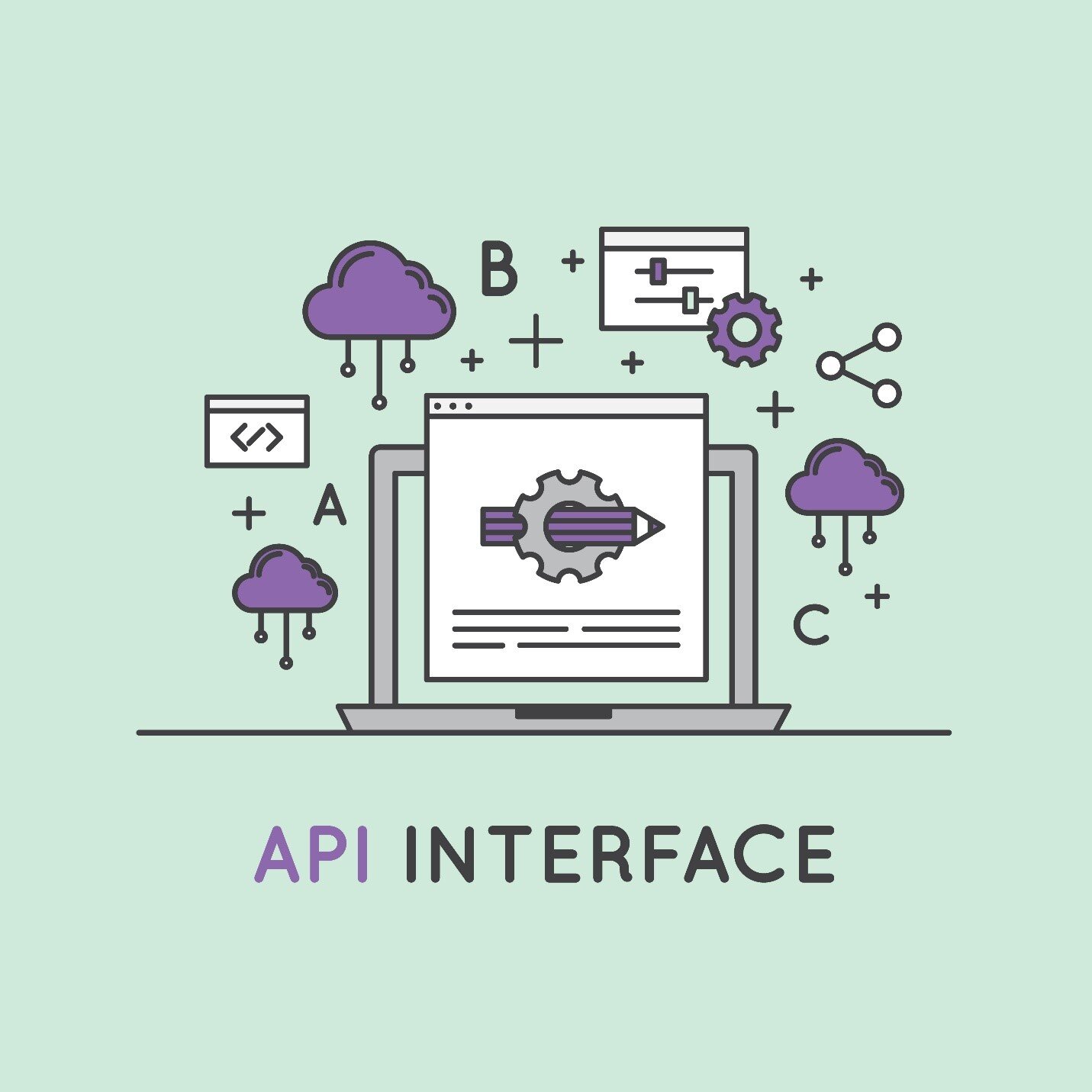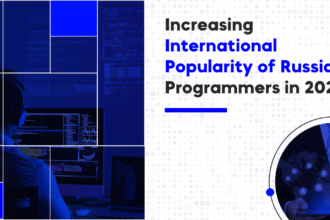The battle between service providers and security professionals is a never-ending battle. The primary motivation for software and SaaS vendors is that they want to be paid. The way that they ensure they get paid is by keeping their software and services functioning as close to 24/7/365 as possible.
In order to keep the trains running on time, security can become an afterthought. In the final push to get a product or service into the hands of customers with bursting wallets, executives love to embrace the idea of “go live now, secure it tomorrow”. That’s fine for generating fast cash, but today’s firms need a secure cloud environment that is both reliable and secure.
Cloud-based platforms have never been more popular. In 2018, analysts expect that 62% of all CRM software will be cloud based. Why does that matter? CRM software handles your client interactions and stores the most confidential information that your clients share with you. Are you ready to let that data languish in an insecure cloud environment?
Your answer should be a resounding NO! If it isn’t, please take a quick trip down memory lane – specifically focusing on the more than 1200 corporate data breaches in 2017.

Great, we’re on the same page? Let’s take a look at the cloud security tech you need to deploy in order to keep your cloud-based data secure in 2018.
Privileged User Monitoring
The most frustrating aspect of securing any computing environment is accounting for the human factor. No matter how secure a system may be, an errant sticky note with a password written on it can bring a secure platform to its knees.
Privileged User Monitoring (PUM) is the process of tracking how super-admin accounts are being utilized on your network. It’s not just about detecting unusual activity. Super user audits allow for investigators to follow a leak to its source.
If you’re having trouble imagining this in action, just think about Edward Snowden – one of the world’s most famous super admins. He used his elevated credentials to search, access and share confidential data with the world. With a more proactive PUM platform, the NSA may have flagged his actions sooner. And, at the very least, investigators would have been able to more quickly identify the source of the leaks based on cloud-accessible user logs that were automatically generated – instead of the ones he was able to alter to cover his tracks.

GDPR Compliance
One of the biggest developments of 2016 involved the EU’s effort to shift control of consumer data from corporations, back to the individuals that generated the data. Individual citizens now have more power than ever before over how corporations collect, store and utilize information gathered about their online interactions.
In many ways, this is a huge step-forward for individual privacy rights. But, it involves a radical shift in the way cloud data is treated. If companies that hold data on individual EU citizens are not compliant with GDPR standards, hefty fines may be levied.
One of the key things that impacts how cloud data is managed involves the way the breaches are identified and reported. For example, if a company experiences a breach, they are obligated to report that breach to the impacted consumers and appropriate authorities within 72 hours.
Cloud Service Providers Improve Baked-In Cloud Monitoring Software
To help identify breaches, most cloud-based service providers are enhancing the capacity for real-time monitoring. For example, Microsoft’s Azure platform has continued to expand the thoroughness of their built-in access monitoring. This is a critical step in identifying unauthorized access, as well as potentially compromising access by authorized users.
High-Risk Intelligence Databases (HRIDs) Provide Real-Time Auditing
It takes the average company 209 days to realize their cloud data has been breached. Tech startups are jumping to reduce the lag in recognizing and plugging data breaches. High-Risk Intelligence Databases (HRID) function much like a traditional antivirus on your PC. They are used to compare the monitoring data your chosen cloud platform collects.
Without providing third-parties access to your confidential data, HRIDs constantly scan access logs for unusual, high-risk activity. If a potential breach is recognized, authorized personnel are alerted of the risk. Your organization not only needs monitoring capabilities that are synced with HRIDs, but clear protocols for investigative teams to follow when searching for and plugging a potential breach.
Data Security Protocols, Including Two-Factor Authentication Should Be Mandated
These protocols can range from simply pinging the source of the connection to verify its authenticity, to completely taking the database offline to prevent ongoing unauthorized access. Access managers need to understand the importance of quickly complying with requests from investigators.
With company after company falling prey to data breaches, two-factor authentication should be the new standard for any individual accessing confidential files. This prevents brute force attacks from being ultimately successful – as the human confirmation, in addition to the correct password, is required for secure access.

Improved API Security
The way that customers and employees interact with confidential data stored in the cloud is through an application programming interface (API). Even if the cloud data servers are securely configured, API vulnerabilities can lead to catastrophic breaches.
I mentioned two-factor authentication a moment ago, but it’s worth mentioning again here. Requiring all users logging into your API to authenticate with a secondary device is critical – like a text message code, or authenticator app.
Next, it’s critical that your web server checks to ensure that users only access the resources that are available to their access level. You’d be amazed by how many breaches occur due to poor handling and enforcement of user authorization. This could be due to databases that are out-of-date, or sub-par security protocols baked into the code. The user should be challenged for both authentication and authorization with every interaction.
No matter how you utilize the cloud to store and process information, resist the urge to place accessibility above security. Take the evolving EU regulations as a new standard for data security and best practices. Generally speaking, if government regulation is forcing you to upgrade your security, you’re probably behind the times. With the help of HRIDs, it’s possible to cross-reference your access logs with known bad actors.
How will you secure your company’s cloud data in 2018?









